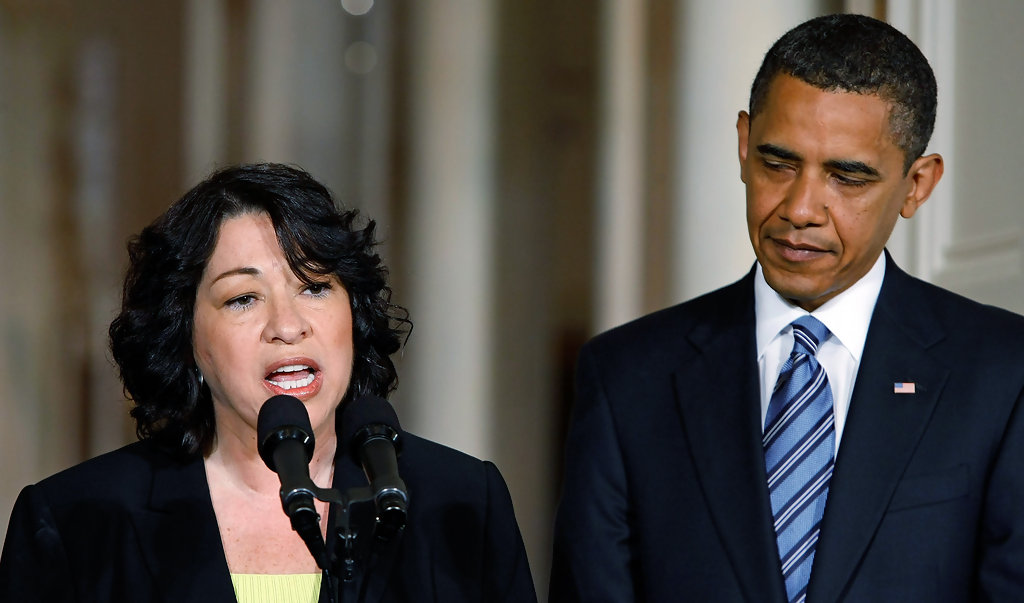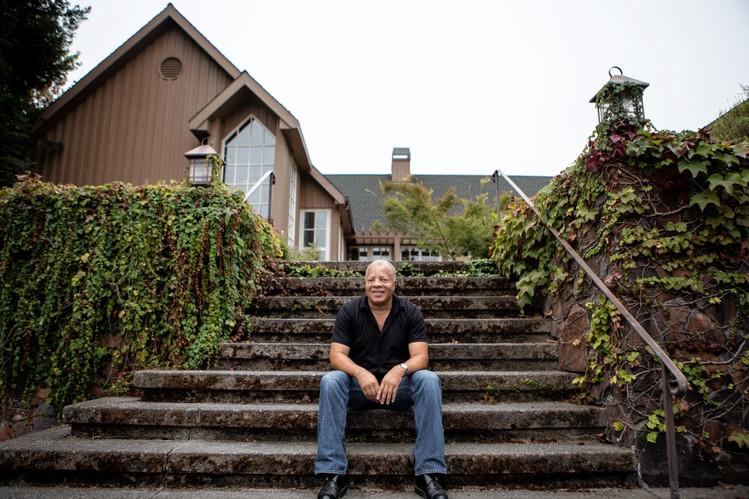Originally posted to thetransmitters.wordpress.com
When US President Barack Obama nominated Sonia Sotomayor to the US Supreme Court, he did something unprecedented. While he praised her jurisprudence just like previous presidents had spoken about previous nominees, he also spoke at length about her life story, arguing that her background as a Latina growing up in working class South Bronx would be an asset to her as a Supreme Court Justice. As Thane Rosenbaum of NYU’s Forum on Law, Culture, and Society says , “judges were supposed to be robbed robots, mechanical in their application of the law, no one had ever introduced a justice and actually said that their life experience is what would make them a really great Supreme Court Justice.” This represented a monumental shift in how the Supreme Court Justices in particular and judges in general were represented to the general public.
Diversity in government institutions and work places is a big deal these days. The term is often poorly defined, and when left undefined is often understood as specifically signifying racial diversity. (Clearly, people differ in many different ways that can be relevant for the discussion at hand, but the common understanding is sufficient for the time being.) Like “sustainability”, the combination of wide usage and vague definitions has, in some contexts, eviscerated the term of much of its meaning.
In the STEM fields (science, technology, engineering, mathematics), there seems to be increasing concern about the lack of diversity. To be sure, the low representation of scientists of color in many scientific societies is severe. For instance, black entomologists (African and African-American combined) make up only 2% of the membership of the Entomological Society of America1. Likewise, lack of representation also extends to those identifying as LGBTQ, those in lower economic classes, and women. In response to this lack of representation in the ranks of scientific societies, numerous programs have been developed to enhance diversity, such as SEEDS from the Ecological Society of America.
At the same time, I feel like there is also a general malaise—or even derision—around diversity programs in the sciences. The zeitgeist goes something like: It’s required that we be able to write or talk about enhancing diversity, but one shouldn’t take it too seriously. Or alternatively, scientists seem to genuinely care about diversity but aren’t really sure why.
I argue that we should take the lack of diversity in the sciences seriously. I also argue that we need to think more deeply about why we should do so. While very much a work in progress, below is my attempt to begin developing more robust philosophy for enhancing diversity in the sciences.
Historically, science has operated from a positivist philosophy; that is, a view that a single set of coherent laws define reality and that these laws can be discovered through empirical hypothesis testing. Scientists then can and should perform their work “objectively and value-free, [because] the laws or generalizations exist independently of social and historical context”2. However, decades of sociological and historical work on the practice of science has exposed the socially and historically contingent nature of the work that scientists perform. Such views have been bolstered within the environmental sciences particularly as more scholars recognize the inadequacy of science alone to resolve environmental problems (e.g., Ulrich Beck’s risk society theory)3.
As positivism has waned, post-positivist science has gained more ground. Post-positivism, according to Frank Fischer, sees “empirical inquiry—from observation and hypothesis formation through data collection and modes of explanation—to be influenced or shaped by the theoretical assumptions of sociocultural practices in which they are manifested”2. Under post-positivism, either the universe is not governed by immutable laws or, even if they such laws exist, we are unable to build a coherent theory that reflects those laws because we can’t escape the social, cultural, and political worlds through which we move. Importantly, none of this is to imply that science should not be taken seriously. But rather than regarding “facts” as they are conventionally understood under positivism, we should take the position that, “objective fact is in effect the decision of a particular community of inquirers and the theoretical presuppositions to which they subscribe”2.
If scientists are trapped in their social, cultural, and political worlds, then who gets to be part of our special “community of inquirers” matters a great deal more. Post-positivism suggests that science could be different if practiced by different groups of people; President Obama in his nomination of Sotomayor would seem to go even farther—perhaps science would be not just different but better. And who would dare call the US President a liar?
It’s unclear to me if a more diverse scientific community would produce facts and theories closer to the immutable laws of the universe. But that’s not the only way that science could be “better”. Many of us in entomology, plant pathology, and ecology are at least partly motivated to produce socially relevant knowledge, to make the world just a little better. In this case, scientific knowledge that is produced by a diverse community of inquirers, that reflects their diversity, and that is more relevant to a diverse society would constitute “better” science. (Interestingly, there is also some empirical support for the idea that diversity makes science better, discussed at the new Climate Grrrl blog here.)
To accept that diversity could make scientific production of knowledge better is then to endorse a post-positivist view of scientific practice. This is a radical proposition. On the other hand, to advocate for diversity in science under a positivist philosophy represents a trivial and banal political correctness. Such advocacy wastes valuable resources and does a disservice to scientists from under-represented backgrounds.
So what does this all mean for applied entomology? What does a post-positivist plant pathology look like? As Carolyn Finney has argued, the stories that people tell about the environment differs by their social positions4. Without a diverse set of scholars, we run the risk of missing important narratives about the impacts that environmental or agricultural changes have on different groups of people and, in turn, how actions of different groups of people determine the environmental and agricultural impacts of the pests and diseases we study. Do African-American vineyard managers experience Pierce’s Disease differently than white managers? Do potato farmers experience Zebra Chip Disease differently from immigrant farm workers? Do these differences matter for management? More radically, do these differences matter for our biological understandings of these systems? Would plant pathologists from different backgrounds pose and answer these questions differently? I don’t know, but I think it’s worth finding out.
Eric Sterling, owner of Esterlina Winery in Napa Valley, CA
1. Memoirs of Black Entomologists: Reflections on Childhood, University, and Career Experiences. (Entomological Society of America, 2015).
2. Fischer, F. Citizens, Experts, and the Environment: The politics of local knowledge. (Duke University Press, 2000).
3. Beck, U. Risk Society. 1st, (Sage Publications, 1992).
4. Finney, C. Black Faces, White Spaces: Reimagining the Relationship of African Americans to the Great Outdoors. (UNC Press Books, 2014).


 RSS Feed
RSS Feed
